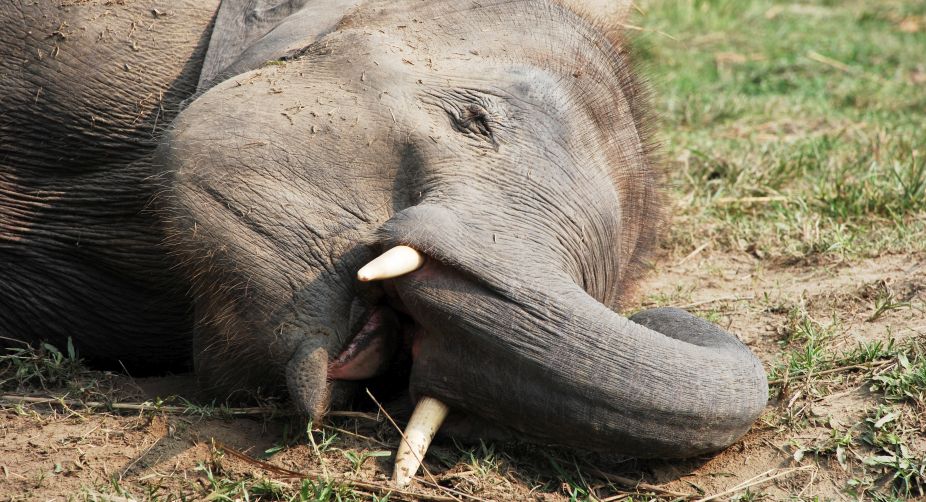Kaziranga National Park breaks revenue records amidst tourism surge
Renowned for its iconic one-horned rhinoceros, Kaziranga National Park and Tiger Reserve attracted a total of 3,27,493 tourists in the last fiscal year.

Representational Image(Photo: Getty Images(
A baby elephant's walk has been tragically terminated by a speeding train in Assam. Altogether, It has been a particularly distressing year for wild life in eastern India. A week after three elephants were flung to their death by a train in Nagaon, the tourists in North Bengal's Gorumara National Park ought to have spared the wild elephant the “disturbance” of being made to “pose” for a selfie with the visitors.
The loop of the tragedies — indeed a triple whammy for wild life — lengthens with Thursday's killing of a rhino in the vicinity of an anti-poaching camp at the Kaziranga National Park — a cruel irony if ever there was one. Forest and Railway authorities are said to be aghast at these incidents; more accurately, neither entity can evade responsibility for the tragedies and recklessness of engine drivers and gung-ho tourists posing as wildlife enthusiasts and nature lovers, not to forget the unchecked forest crime of poaching.
The inherent frivolity of a selfie with an elephant is a decidedly wilful violation of forest regulations, endangering both the tourists and wild life. The forest lends no scope for human thrill-seekers. As 2016 draws to a close, it is painful to reflect that no fewer than 16 elephants have perished on the railway tracks in Assam alone. Clearly, the system of putting “elephant corridors” in place has not worked. Not that such stretches do not exist, but speed restrictions are not always observed by the engine-drivers.
Advertisement
Ergo, it is only to be wise after the event when the administration in Guwahati, at a meeting chaired by Chief Minister Sarbananda Sonowal, decides belatedly to sensitise loco drivers on jumbo behaviour, even inserting GPS indicators on “leaders” of herds.
It is a measure of the enormity of successive tragedies that the World Wildlife Fund (WWF) India has called for an assessment of new railway sections that are vulnerable to elephant movements. The nub of the matter being that a flurry of official activity is evident only in the aftermath of serial mishaps in the jungles of North Bengal and Assam. It is pretty obvious that there is no early warning system that can alert both the engine driver and the elephant in search of food.
This is the least that can be expected of the forest and Railway administrations in order to minimise, if not altogether avert, the killing of elephants. If train accidents and selfies are instances of recklessness and misadventure, the persistent crime of rhino poaching is extensively ignored — from the Sundarbans to Kaziranga. To claim that the poachers are largely from Bangladesh is neither here nor there; governments in Bengal and Assam have lacked the nerve to effect a crackdown.
Advertisement